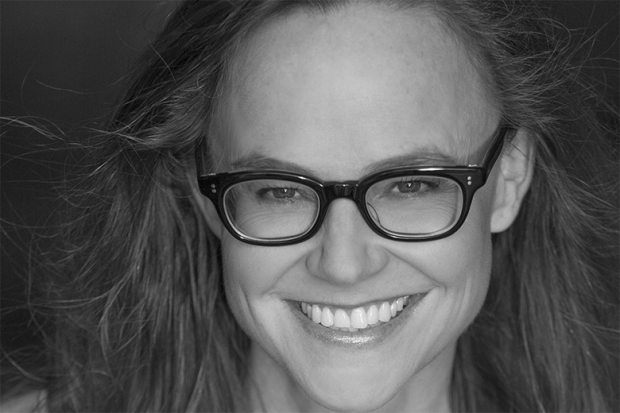What sort of books inspired you as a child?
I loved the likes of Pippi Longstocking and Ramona the Pest (maybe there’s a theme there – contrarian kids?). I couldn’t get enough of Madeleine L’Engle and was captivated by the Narnia series – fantasies with spiritual implications. We didn’t have easy access, back then, to more diverse literature. I think I was hungry for it, reading what I could find of indigenous stories, in particular, of creation and heroes facing great dangers in grand quests.
You started off in the sciences. Which texts spurred you to shift into religious studies?
In some ways, I’ve never really shifted from the sciences to religious studies; I find them to be in conversation in really fruitful ways. A crucial text driving my academic focus was – wait for it – the Bible. Specifically a single line in the Book of Genesis. There’s a provocative wordplay in which we read that God created adam (lower case is correct here; it’s a common Hebrew noun not limited to a man) out of adamah – human out of humus. When I learned that, I was hooked. It felt like the beginning of unpacking a passion of mine: addressing environmental issues by reminding us of our continuity with “nature”. Modern translations mask that wordplay. I wondered what else I was missing, which took me on the long journey of gaining mastery of biblical Hebrew and a PhD in the history and literature of ancient Israel. But I still have great respect for hard-core scientists (my husband researches immune therapy for cancer), upon whom we depend for all sorts of critical information.
What would you recommend as a good account of how many different texts came together to form the Bible we know?
Oxford University Press publishes an excellent study Bible that includes great introductory essays by solid biblical scholars. So, too, the Jewish Publication Society’s study Bible.
Which novels would you recommend as particularly creative responses to biblical stories?
I love historical fiction but am a tough audience for novelistic retellings of biblical characters or events. That said, I find re-imaginings such as Toni Morrison’s Song of Solomon, Nikos Kazantzakis’ Last Temptation of Christ and Mary Rakow’s This Is Why I Came to be deliciously provocative. I also want to read Lydia Millet’s A Children's Bible (for adults and not a version of the Bible itself) but haven’t managed to yet.
What is the last book you gave as a gift, and to whom?
Books make the best gifts. I gave Hope Jahren’s Lab Girl: A Story of Trees, Science and Love to a scientist friend of mine. My husband gets poetry (Billy Collins never fails). And everyone should have Charlie Mackesy’s The Boy, the Mole, the Fox and the Horse (my friend Louise gave it to me).
What books do you have on your desk waiting to be read?
Excuse me, I can’t hear you – buried as I am by books yet to read.
Kristin Swenson is associate professor of religious studies at Virginia Commonwealth University. Her latest publication is A Most Peculiar Book: The Inherent Strangeness of the Bible (Oxford University Press, 2021).
